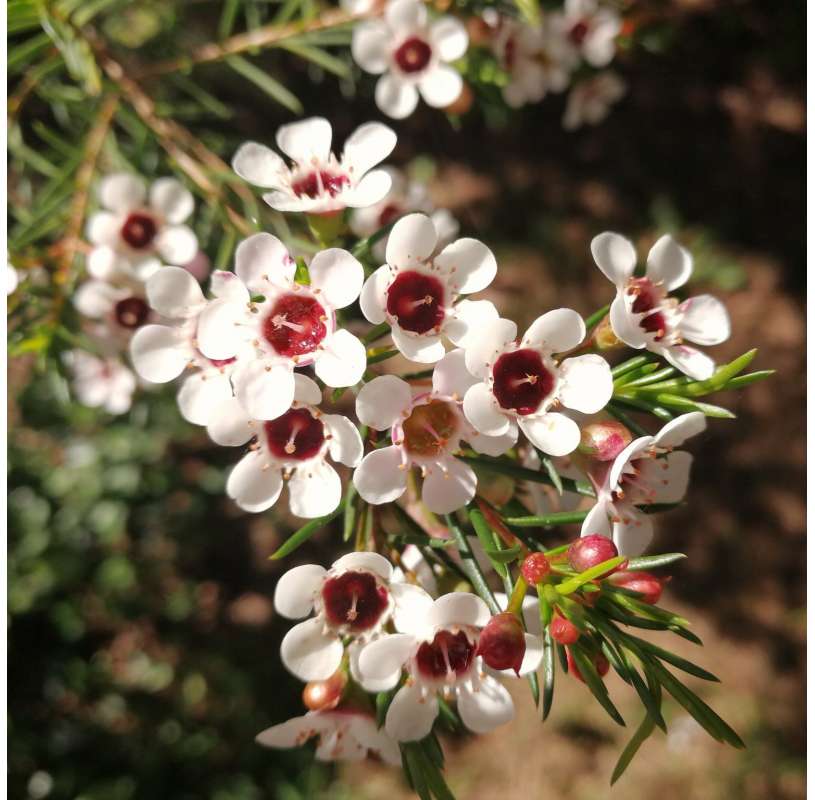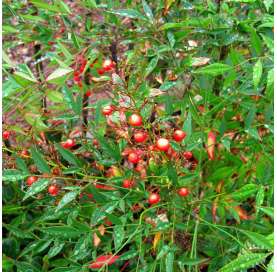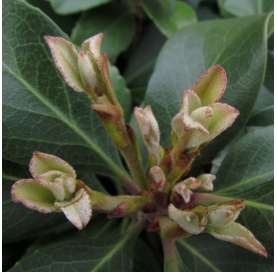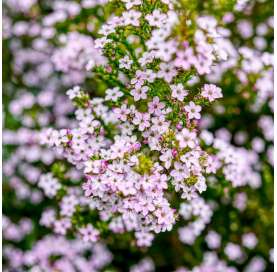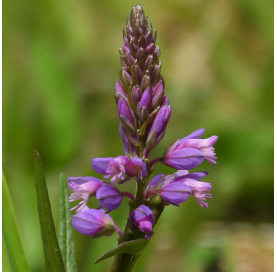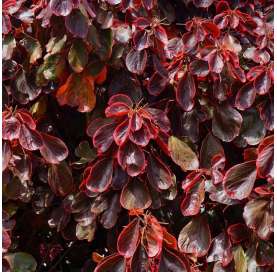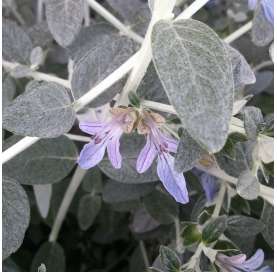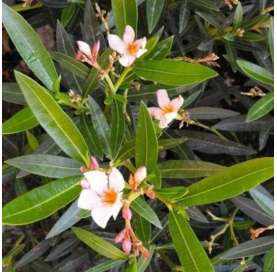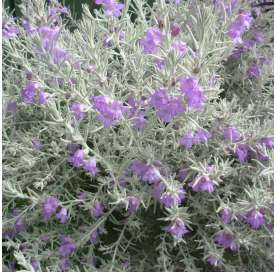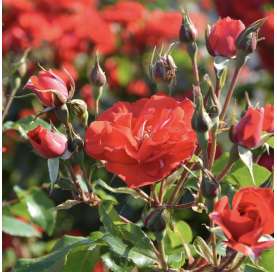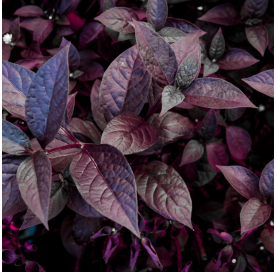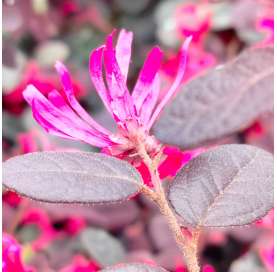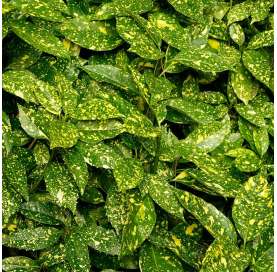Waxflower. (Chamelacium)
Waxflower is an evergreen shrub of Australian origin that can be grown successfully in dry, sunny and warm climates.
 Encrypted payments for greater security
Encrypted payments for greater security
To reduce the plant's time in transit, shipments are made from Monday to Wednesday.


Shipping only to mainland Spain and mainland Portugal
It belongs to the genus Hoya, which includes more than 200 species of climbing plants of tropical origin (India, Borneo, Malaysia, Java, Philippines, China, Australia).
It is commonly known as Hoya flower, wax flower, porcelain flower, wax plant and wax vine.
They are sarmentose shrubs with a climbing or creeping habit and slender stems. The leaves are evergreen, fleshy, dark green and oval in shape.
The fragrant flowers are small, white or pink with a red centre, in compact, hemispherical umbels and have a waxy appearance (hence their common name). They flower from spring to summer and the flowers last for a long time on the plant.
They are mainly used as indoor plants to decorate corners and verandas. In warm climates they can be grown outdoors.
This plant needs a well-lit but not in direct sunlight. They do not tolerate cold and even less frost; the environment should be warm and the temperature should not drop below 10°C in winter.
It likes soils made up of a mixture of heather and leaf soil. It should be transplanted at the end of winter if the plant no longer fits in the pot; the fewer transplants the better, as they are not to its liking.
It should be watered abundantly during the summer and a little less the rest of the year (just enough to keep the soil moist). When the plant needs water, it lets us know when it needs it because the leaves become stiff.
The stalks of faded flowers should not be cut off, because that is where the flowers will come out again next season. In addition, the plant should be helped to climb with suitable supports.
It is advisable to fertilise with mineral fertiliser every fortnight during the spring and summer. In autumn, organic fertiliser can be added.
When it is too hot, it can be attacked by mealy bugs and aphids.
It can be propagated in spring from cuttings with a couple of leaves.
12 other products in the same category:
-
Nandina domestica.€13.50
-
-
Diosma Hyrsuta.€14.00
-
Polygala compacta -€12.00
-
Acalypha wilkesiana C25€17.00
-
Teocrium fructicans€3.90
-
Dwarft oleander.€3.00
-
Eremophila nívea€15.90
-
Rosal La Sevilla€10.50
-
Pseuderanthemum Carruthersii€18.00
-
Loropetalum chinensis...€16.90
-
Aucuba Japonica - Spotted...€10.90

 English
English Spanish
Spanish